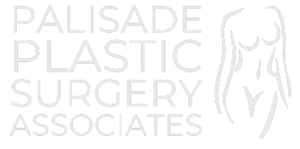Rhinoplasty
Rhinoplasty, also referred to as a “nose job”, is a procedure designed to improve the appearance and/or function of the nose. Considered among the most intricate and complex of plastic surgery procedures, it requires a thorough understanding of nasal anatomy, an aesthetic eye to visualize what elements need to be addressed, and expertise of various corrective techniques.
This transformative procedure can reshape, reduce or augment a person’s nose to achieve facial harmony and boost self-confidence. It may be performed as a reconstructive procedure to correct a birth defect or an injury such as a broken nose.
Two techniques have distinguished themselves when performing a rhinoplasty procedure
- Open Rhinoplasty- A small discreet incision is made along the columella, the skin tissue between the nostrils, and permits full visibility of the structures that underlie the skin as the nose is unroofed.
- Closed Rhinoplasty- Incisions are all made within the nostrils to not produce any visible scarring, with nuanced pulling maneuvers allowing for manipulation of the underlying structures.
The open approach provides superior visualization and is most often performed by our surgeons to provide predictable and excellent results.
A rhinoplasty procedure can be a life-changing procedure, which is why Dr. Rosenberg and Dr. Pathak meticulously employ all their surgical skills to enhance the facial harmony between the nose and other facial features. It’s important for patients to have reasonable and optimistic expectations about their outcome from a rhinoplasty procedure, which is why we ensure adequate time during consultations to clearly devise an agreed upon surgical treatment plan based on your anatomy and cosmetic goals. The best results are most often achieved when the shape of the nose is enhanced within the limits of a patient’s own anatomy and conforming to one’s facial proportions. The results of a rhinoplasty become gradually more apparent as the days pass after surgery and swelling recedes, with removal of the postoperative splint at 1 week. Swelling however may persist or reappear from time to time the first year after the procedure.


